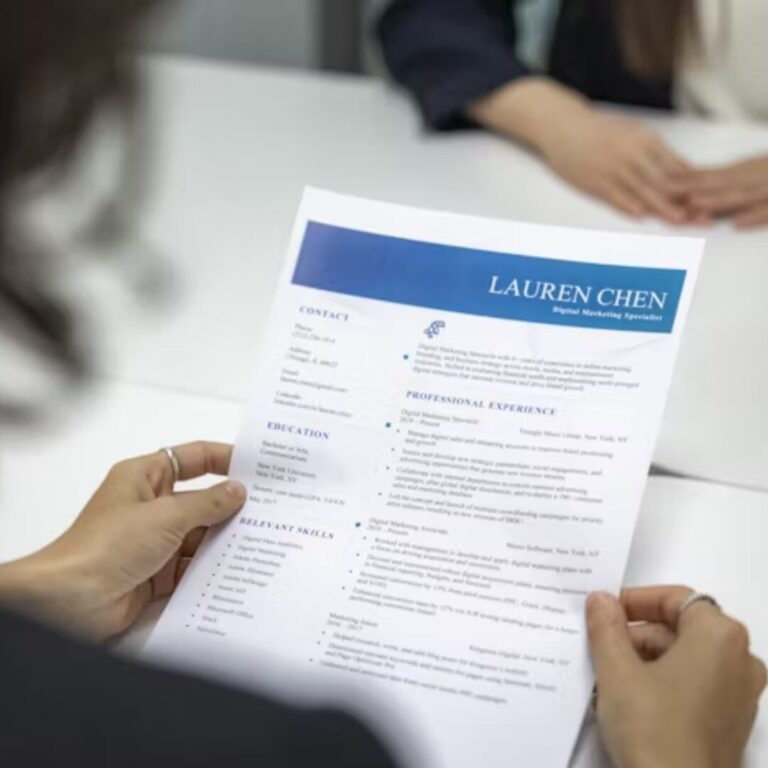
A CV is the first impression your potential new employer has of you. It has to be impactful, impressive, and leave them with a lasting impression of who you are as a person – and, as a candidate for the job.
Your CV should show who you are as a person, rather than just what experience you have. In this day and age, people are paying closer attention to the dynamics of their team, so they need to have an understanding of your personality and your work ethic, to see if you would be a good fit.
How do you bring across your personality on a simple piece of paper you ask? We’ll show you how!
- Choosing a good template is an excellent starting point. There are loads of free templates available online. Make sure you choose one that is not overly cluttered or detailed, and if you choose to use one with colour, make sure it is not overpowering, and use it sparingly.
- Personality comes through in the smallest of details. Is your document organised and easy to read, or is it crammed full of information with inconsistencies in formatting? Is your CV overly detailed or elaborate, or is it concise and to the point? Even the visuals of your CV can tell an employer a lot about you.

Alternatively, if you’d like to create one from scratch, here are all the steps you need to follow:
- Format
First, make sure you choose a clear font. Simple is best, and use bold and underlining options sparingly.
A photo isn’t mandatory, but many employers like to be able to put a face to the name, and it also makes your CV more personable. Don’t use a serious ID photo or a social media profile picture. Make sure it is professional while also approachable. All you need to do is look neat, and smile!
- Sections
Next, you’re going to divide your CV into the following sections:
- CV title and contact information
- A personal profile (Cover Letter)
- Education
- Work experience
- Skills
- Any additional information (if necessary)
- References
Your personal profile is where you can really let a little more personality shine through! Keep it short and sweet, and make sure it is professional and upbeat. You can include a brief overview of your experience, skills, and career goals.
In your work experience and education sections, make sure you highlight any relevant tasks or skills that might impress your future employer. Your work experiences should also be listed in reverse chronological order and list your highest level of education first, including degrees, certifications, and institutions.
If you are applying for a very specific job, you can even tailor your CV to illustrate more relevant information. You can expand on projects you worked on and tailor the skills and experience you showcase.
Relating to the listing of your references, you want to be sure to include at least two professional references, with their name, job title, company, and contact information.
Remember, your CV is a representation of you, so make sure it’s accurate and honest. Don’t exaggerate your achievements or skills, but instead, focus on showcasing your strengths and personality.

- Examples and Templates
Choosing a good template is an excellent starting point. There are loads of free templates available online, but make sure you choose one that is not overly cluttered or detailed. You want your CV to be easy to read and understand, not overwhelming.
Browse through the following online resources to select a format fitting for drafting your own CV:
- Canva’s CV Templates: A range of free, customizable CV templates.
- Further guidance
If you need more detailed help on what to include in each section, have a look at another of our blog posts written on just this topic.


